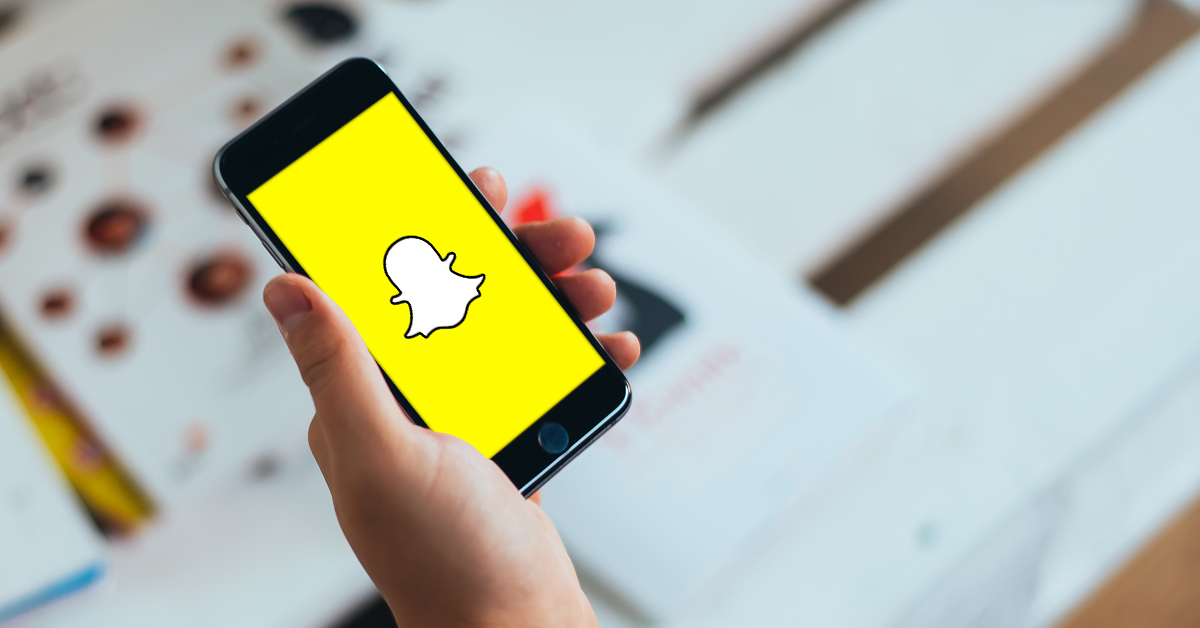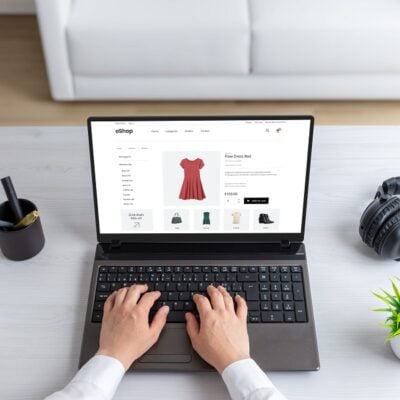I never heard of Snapchat, a video messaging application, until the end of 2013. I understand why it hadn’t made it on my radar. I wasn’t jumping to add more social media to my life when I already had Facebook, Twitter, Tumblr, Pinterest, and LinkedIn. Plus, at its start, Snapchat was slightly notorious. Since the pictures and videos users disappear after few seconds, some users would send frivolous or even inappropriate material.
What finally made me notice this app?
In November 2013, Facebook offered $3 billion to acquire Snapchat. 3 billion. Just weeks later, Google offered $4 billion. The company’s founders turned down both offers.
Facebook, Google, and other companies—including Snapchat itself—could see the potential revenue from advertising. Since 2013, brands have jumped on the Snapchat bandwagon not only through paid advertisements but through specialized content on their own accounts. In doing so, these companies turned Snapchat from a mere messaging app into a hub for engaging, interactive content.
Learn more about how popular brands use Snapchat and how you can follow their example to market your business.
What the Heck Is Snapchat?
Since we haven’t covered Snapchat in depth on this blog before, let me give you a quick rundown:
- Snapchat allows users to send photos and videos—known as “snaps”—to their friends. Users download an application to their smartphones, take photos or videos, and add text and drawings before sending. Recipients can only view snaps for one to ten seconds. Users can also add snaps to a “Story” that all friends can see for the next 24 hours.
- Snapchat is a fully mobile experience. Unlike other social media outlets, Snapchat can’t be accessed from a desktop. You have to use a smartphone or tablet.
- Snapchat caters to millennials. According to December 2014 statistics, 45% of Snapchat users fall between 18 and 24 years old, and another 26% fall between 25 and 34 years old. If your customer base generally comes from an older generation, Snapchat may not be the best use of your resources.
- Snapchat works with brands to offer more content. Most brands create their own Snapchat accounts, but Snapchat Discover offers daily sponsored Stories from editorial teams like CNN, BuzzFeed, and National Geographic.
- Snapchat offers paid advertising. Through this opportunity, businesses can choose to deliver a series of snaps to all Snapchat users at once or a commercial during Snapchat Discover.
If you want to start a company account, download the Snapchat app for iOS or for Android. For more specifics on signing up and creating snaps, check out this handy, thorough guide from Marketing Land.
Based on the factors above, Snapchat offers a lot of marketing potential to companies, but it requires a unique strategy. You’re not creating lasting content that people would find as they need it, such as “5 Tips for Terrific Nail Care” or “How to Troubleshoot Your Furnace.” You’re creating bite-sized, buzzy content for a younger generation. Snapchat is in-the-moment marketing.
How Have Brands Used This Platform?
I usually find that the best way to learn a new form of social media is by example. Check out the common ways that top brands are using Snapchat, and gain some inspiration for your own account.
Invite One-on-One Engagement
Similar to Twitter, Snapchat allows users to send snaps directly to your account. Take advantage of that function and ask your followers to interact. Send questions or challenges, and make sure to act when someone responds, whether that means sending a snap back or offering some sort of reward to select users.
Example: Mountain Dew (mountaindew)
The day before the 2015 Super Bowl, Mountain Dew released a Snapchat Story in parts and let users decide what would happen next, “Choose Your Own Adventure” style. Mountain Dew would snap different choices, and users could screenshot the one they wanted to see happen and tweet it to Mountain Dew.
Example: GrubHub (grubhub)
GrubHub, a food delivery service, joined Snapchat in August 2013 and has since mastered the art of the snap. They follow all the principles I’m going over, but they’ve been especially creative with user interaction. GrubHub started a #SnapHunt where users would look for a challenge each morning and snap GrubHub their entries to win $50. Also, while looking for an intern, the company gave Snapchat users a link to apply and asked potential candidates to snap GrubHub their best doodles.
Work With Influencers
Maybe you just don’t get this app, and that’s perfectly fine. Hand your account over to those who do. In addition to artists and Snapchat-savvy interns, many brands have brought on web celebrities to attract more followers. You may have never heard of Chris Carmichael or Amymarie Gaertner, but snaps with these individuals have the same effect as Matthew McConaughey driving a Lincoln. Local businesses could build the same buzz on a small scale with local celebrities or recognizable sights.
Example: Sour Patch Kids (sourpatchsnaps)
This candy company partnered with Vine star Logan Paul and brought the brand’s sour-then-sweet theme to life with prank videos. Sour Patch Kids noted that their Snapchat views grew from 583,000 with the first Story to 6.8 million views with their fifth Story.
Add Exclusive Content
If you aren’t offering anything new on Snapchat, why should users add you? I enjoy Snapchat Discover, but too often, these brands reuse articles that I can already find on their websites. Give your Snapchat audience something new, like videos of an office celebration or even a coupon code.
Example: NPR (nprnews)
Yes, I’m the nerd who added NPR on Snapchat before the majority of her contacts. But I don’t regret it. NPR pulls a new generation into its reporting with behind-the-scenes coverage. I’ve seen Stories that show the process of creating an NPR segment—with, of course, an invitation to listen to the actual story online. And this September, NPR recorded a reporter’s perspective when the Pope visited Washington D.C.
Flesh Out a Story
If you can’t tell by the term “Story,” Snapchat was designed for users to chronicle their lives as they happen. Tell a story about how someone would use your product. Walk someone through a normal workday or a special event, like a convention.
Example: BB-8 by Sphero (using accounts mplatco, shonduras, chriscarm, Geeohsnap, and mattpvine)
We were all bombarded with Star Wars advertisements in 2015—and I mean that in the best possible way—and among those ads was a Snapchat Story promoting the BB-8 app-enabled droid. Sphero, partnered with Naritiv, asked five well-known Snapchatters to video the product launch in five Disney Stores around the world. After that excitement, those users took the BB-8 droid out on an adventure the next day. Watch below, and tell me you don’t want a droid of your own.
Example: Mashable (mashable)
Mashable is a media company that reports on everything that inspires “the digital generation,” so it’s no wonder that they had a solid handle on Snapchat even before they got a spot on Snapchat Discover. My personal favorite Story followed two Mashable employees as they attempted to find the best ice cream in New York City. However, the video below shows another winning Story—a trip to the 2015 MetGala.
Even after you set up an account, Snapchat makes it somewhat difficult for users to follow you. They will either need to type in your exact username or scan your Snapcode. Post this information on Twitter, Facebook, your blog, or other platforms.
Ready, Set, Snap!
You’ve seen what it is. You’ve seen how to use it. So get started!
If your targeted audience isn’t using Snapchat, the principles above still apply to other marketing mediums. However, if you want to engage with Snapchat’s demographic, start experimenting. Learn the app and use it to emphasize your brand’s voice and value.










1 Comment
Comments are closed.